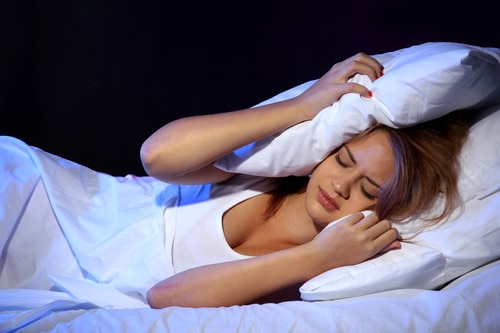
[et_pb_section admin_label=”Section” transparent_background=”off” allow_player_pause=”off” inner_shadow=”off” parallax=”off” parallax_method=”off” padding_mobile=”off” make_fullwidth=”off” use_custom_width=”off” width_unit=”on” custom_width_px=”1080px” custom_width_percent=”80%” make_equal=”off” use_custom_gutter=”off” fullwidth=”off” specialty=”off” disabled=”off”][et_pb_row admin_label=”Row” make_fullwidth=”off” use_custom_width=”off” width_unit=”off” custom_width_px=”1080px” custom_width_percent=”80%” use_custom_gutter=”off” gutter_width=”3″ padding_mobile=”off” allow_player_pause=”off” parallax=”off” parallax_method=”on” make_equal=”off” column_padding_mobile=”on” parallax_1=”off” parallax_method_1=”on” parallax_2=”off” parallax_method_2=”on” parallax_3=”off” parallax_method_3=”on” parallax_4=”off” parallax_method_4=”on” disabled=”off”][et_pb_column type=”4_4″][et_pb_post_title admin_label=”Post Title” title=”on” meta=”on” author=”on” date=”on” date_format=”M j, Y” categories=”off” comments=”on” featured_image=”on” featured_placement=”below” parallax_effect=”on” parallax_method=”on” text_orientation=”left” text_color=”dark” text_background=”off” text_bg_color=”rgba(255,255,255,0.9)” title_all_caps=”off” use_border_color=”off” border_color=”#ffffff” border_width=”1px” border_style=”solid” disabled=”off”] [/et_pb_post_title][et_pb_text admin_label=”Text” background_layout=”light” text_orientation=”left” use_border_color=”off” border_style=”solid” disabled=”off” border_color=”#ffffff”]
A lot of people suffer from SAD as we enter the long winter months, and it is likely that Santa does, too. What? Santa SAD? Of course, I’m talking about Seasonal Affective Disorder (SAD), which causes people to feel low and lack energy, as well as to feel like just hiding away from life and friends.
While some people refer to this as “the winter blues”, it’s a real disorder that can significantly impact quality of life, mood, and even your ongoing health. So what is SAD, what causes it, and how can you prevent it from dampening your mood and energy level? By the way, among SADs symptoms are cravings and weight gain – which aren’t welcome additions to the already sugar-overloaded holiday menu.
Seasonal Affective Disorder is a form of clinical depression


SAD is a type of depression that displays a recurring seasonal pattern. Some of the symptoms are:
- Feeling hopeless
- Feeling depressed most of the time
- Social withdrawal
- Having low energy; feeling like “hibernating”, yet having difficulty getting to sleep at night
- Losing interest in activities you once enjoyed
- Overeating; cravings for carbohydrates and other comfort foods; weight gain
People formally diagnosed with SAD have had these types of symptoms seasonally for at least 2 years. SAD typically affects people from September to April, with peak times occurring in the period from December thru February. So yes, the holiday season is when SAD hits many people.
To understand why Santa may be suffering from Seasonal Affective Disorder, let’s look at some of the causes of SAD.
Cause # 1: Decreased daylight is throwing off Santa’s internal circadian clock
Santa does most of his work in the dark of night, lives far from the equator, doesn’t get enough exercise since he has the elves and reindeer do much of the work, and loves to sleep in each morning. These are all really big reasons he may be suffering from SAD.
For the rest of us, winter months may mean less daylight and more time indoors in low lighting. I’ve written about how light-dark cycles impact your internal circadian clock and why this is so important to your health. 
Just like when you travel across the country and experience jet lag because your circadian rhythms are out of whack, when daylight hours start to shorten, your body may experience changes in mood. When days grow darker, studies have shown that your body undergoes neurotransmitter changes: there’s a drop in serotonin production, which is your happy mood hormone, and more melatonin is produced, your sleep hormone.
Too much melatonin production:
In the evening, when your eyes are not being exposed to light, your hypothalamus knows it’s nighttime. That means it’s time for restorative rest and repair. Sleep-friendly hormones such as melatonin are produced by the pineal glands, which help your body to calm, relax, and sleep.
This is supposed to happen at bedtime, not in the morning or throughout the day. People with SAD appear to overproduce melatonin, which makes them sleepy and lethargic.
Too little serotonin production:
In addition to the overproduction of melatonin, people with SAD appear to have an underproduction of serotonin. In one study, people diagnosed with SAD had 5% more of a protein that transports serotonin away from the synapse, recycling it back to the presynaptic neuron. What does this mean?
Increased quantities of the serotonin transporter (SERT or 5-HTT), also known as the sodium-dependent serotonin transporter, results in less serotonin production, which manifests as moodiness and depressive symptoms. This same protein is naturally low in most people in the summer (equating to higher levels of serotonin) due to longer periods of daylight. Too much melatonin and too little serotonin impacts circadian rhythms. And its known that when your circadian clock is off, it impacts your ability to sleep and function well. Santa’s staying up late, sleeping in late, and not getting enough daylight are enough to make him a strong candidate for SAD.
Cause # 2 – Santa may not be getting enough vitamin D
Researchers also think that reduced vitamin D may be to blame for SAD’s moody effects. In winter, many people spend less time outdoors, and thus get fewer UV rays – the ones that produce vitamin D.
Research has shown that low levels of vitamin D are associated with depression, as it is believed to play a role in reducing serotonin activity. Santa needs to take a serum test 25-hydroxyvitamin D (abbreviated 25(OH)D) to check his levels.
It will likely show that his level is less than 20 ng/mL since he lives so far north of the equator and works at night! He also is one of those people who sleep late in the morning, so his eyes routinely don’t see the sun until mid-morning. This is very unhealthy for his circadian clock and vitamin D levels. Many people are deficient in vitamin D year-round in this modern day and age, since they’re so tied to indoor electronics versus outdoor play. The use of sunscreen impacts Vitamin D levels as well. Vitamin D deficiency increases during the winter months, due to shorter, colder days with less direct sunlight.
Cause #3 – Santa lives far from the equator
The further you live either north or south of the equator, the more common SAD is found to be. One statistic is that in Florida about 1% of the population is estimated to suffer from SAD, while in Alaska about 9% may be affected.
Cause #4 – Santa is overweight and doesn’t exercise

When you don’t get 7-9 hours of sleep, the level of the hormones that control your appetite (leptin and ghrelin) change and can negatively impact how the cells in your body respond to both leptin and insulin. You can end up with both leptin and insulin resistance.
Regular exercise has been shown to help with many types of depression, and can help with SAD as well by naturally raising serotonin levels. The production of “feel-good” chemicals during exercise can help; but also outdoor exercise can increase vitamin D levels.
This doesn’t have to be heavy-duty exercise. What’s important is movement and consistency, meaning do some exercise every day. Even walking on a treadmill each day has been associated with a significant reduction in depressive symptoms. I think Santa should start taking the reindeer for a 30 minute walk each day!
So what else can Santa (or YOU) do to prevent/correct SAD?
- Read this article about how to help reset your circadian clock by fine-tuning your sleep-wake rituals: Getting some sunlight on your retinas is just one of those tips.
- In one study, people diagnosed with SAD received bright-light treatments throughout the day. Participants either received light treatment in the morning or the evening, or else a placebo. People receiving the morning treatment showed complete or near complete remission of their symptoms. (http://www.apa.org/research/action/light.aspx)
- Bump up the vitamin D (and don’t forget the K2): You can safely start with 3000 IU of vitamin D3 throughout the year, and bump that up to 4000 units/kg of body weight during winter months. It’s best to test several times throughout the year to determine the optimal dosage for you. Read this article for more information on why vitamin D is so important and ways to optimize your levels.
- Exercise outdoors for at least 20 minutes each day: This helps produce serotonin naturally, helps reset your natural circadian rhythms and exposes you to more UV light to provide more vitamin D. Walking outdoors is also very de-stressing. Walking with a favorite friend, your
partner, or your pet (or reindeer, if you have them!) is yet an additional bonus. During the fall and winter months, it is important to keep physically active but not to overstrain yourself. Outdoor activities such as skating, skiing, or snowshoeing, or even indoor stretches and exercises such as swimming, yoga, or tai qi, are excellent ways to keep a healthy mind and body.
- Increase your Omega-3s: Research has shown that healthy fats may aid with depressive symptoms, so bump up your Omega-3s. I like chia seeds, hemp seeds, walnuts, and algae as a daily source. Your brain consists of about 60 percent fat as DHA, so you need a lot of Omega-3s to keep it functioning properly. This is especially related to mood.
- Magnesium: Insufficient levels can compound SAD symptoms by further decreasing production of both serotonin and melatonin.
- Ensure you eat fermented foods and other probiotic containing foods: Much of your body’s serotonin is produced in the gut, so make your gut a happy place! Scientists are looking at how your gut flora may impact mental conditions, such as anxiety and depression, and the health of your gut may also be tied to chronic neurological diseases, even Alzheimer’s disease.
- Light therapy: Light therapy has been used for decades to treat SAD, and is now viewed as a standard treatment with fairly good results. About 70% of those treated gained relief in their SAD symptoms. There are two types of therapy: bright light and dawn simulation.
- Bright light therapy: By using full spectrum light boxes, people are exposed to light therapy each day. The light boxes emit brighter light than the usual indoor lighting, but not as bright as natural sunlight, plus there are no harmful UV rays. People often do their therapy first thing in the morning to stimulate the pineal gland. This minimizes the production of melatonin during the day.
- Dawn simulation therapy: While you’re still asleep in the morning, an “alarm clock” of sorts goes off, but this clock uses light. The alarm starts with a dim light but becomes brighter and brighter.
- Aromatherapy, essential oils: All of the things that help you relax are great in improving your night-time sleep rituals and helping you get the amount of sleep necessary to keep you healthy and get your internal clock back ticking.
Special care should be taken to ensure that one has proper nourishment, rest and a comfortable living environment. At this time, there is a tendency to reflect inwardly and conserve energy, in order to prepare for the spring when energy is once again full and abundant. Allow your self to rest more and spend time in solitude to consider the past, present, and future. Although the tendency to become more inactive and isolated is reflective of the retracting nature of winter, it is also important to communicate openly with those close to you so that you can nourish your personal relationships and maintain a healthy and positive outlook on life. By addressing your physical and mental needs in the winter, you can prevent other ailments from occurring in the future. And by appreciating the natural changes in the seasons and within ourselves, you naturally adopt a more healthy and balanced lifestyle in mind, body, and spirit.
Just make a few of these changes and you will likely notice improvements in your mood. Keep an eye on loved ones as well, including Santa!
COMMENTS: Do you suffer from SAD? What have you found to be effective in dealing with your low mood and energy level?
I know from many years of clinical experience just what it takes to nudge you from SAD to RAD so you can enjoy the slim shape you love, the balance you long for, and the energy you need to live your dreams fully! I teach you all of this in my GREEN Cleanse. A step-by-step, proven strategy to transform exhaustion into energy, eliminate excess belly fat, and leave you feeling younger and stronger than you did in your teens!
It’s easier to make lifestyle changes in the summer or fall, before your energy and motivation have been undermined by the winter blues. But even if the blues have already taken hold, hard work and determination can turn them around – sometimes in just a few days. If self-help remedies are difficult to implement, or they just don’t work for you, don’t lose hope! There are many other effective approaches that I can advise you about in my Sweet Spot Solutions blood sugar balancing program.
[/et_pb_text][/et_pb_column][/et_pb_row][/et_pb_section]
Share this:

Are you feeling stuck?
Do you feel as if something is missing from your practice that's keeping you from delivering breakthrough outcomes for your clients?.
Recent Posts
Our Programs
Nutritional Endocrinology Practitioner Training (NEPT)
The Mastery and Certification tier is our flagship program and provides everything you need to feel confident as a practitioner who knows how to get results that lead to healthy and happy clients.
Functional Assessment Mastery
Explore the relationships between the most important hormones and their relationship with nutrition.
Functional Nutrition Mastery
Learn how to support your clients to eat and supplement in a way that reduces and eliminates chronic symptoms.
Medical Disclaimer: The information on this website is not intended to replace a one-on-one relationship with a qualified health care professional and is not intended as medical advice. It is intended as a sharing of knowledge and information from the research and experience of Dr. Ritamarie Loscalzo, drritamarie.com, and the experts who have contributed. We encourage you to make your own health care decisions based upon your research and in partnership with a qualified health care professional.
Disclosure: Sometimes (but not always), when I share resources in my programs, newsletter, and on my website, I'm using an affiliate link, which means I do make money if you buy. My credibility is extremely important to me; therefore, I only endorse the products, services, and people I believe in. DrRitamarie.com is independently owned and the opinions expressed here are my own.
Click here to see our Privacy Policy.


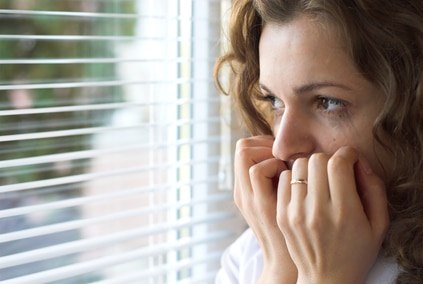
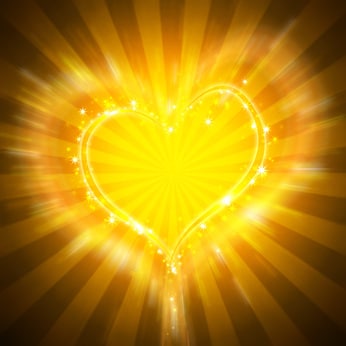
 partner, or your pet (or reindeer, if you have them!) is yet an additional bonus. During the fall and winter months, it is important to keep physically active but not to overstrain yourself. Outdoor activities such as skating, skiing, or snowshoeing, or even indoor stretches and exercises such as swimming, yoga, or tai qi, are excellent ways to keep a healthy mind and body.
partner, or your pet (or reindeer, if you have them!) is yet an additional bonus. During the fall and winter months, it is important to keep physically active but not to overstrain yourself. Outdoor activities such as skating, skiing, or snowshoeing, or even indoor stretches and exercises such as swimming, yoga, or tai qi, are excellent ways to keep a healthy mind and body.




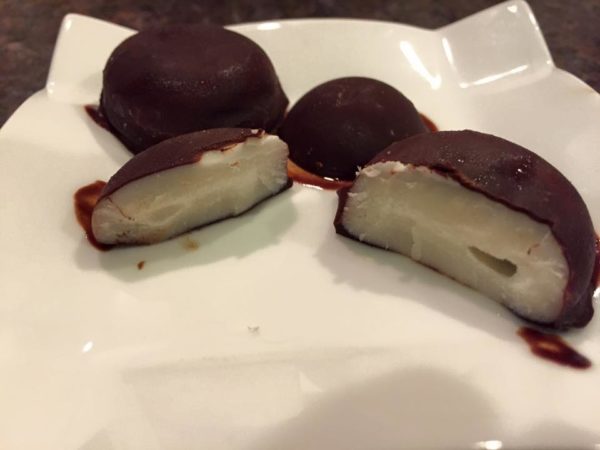

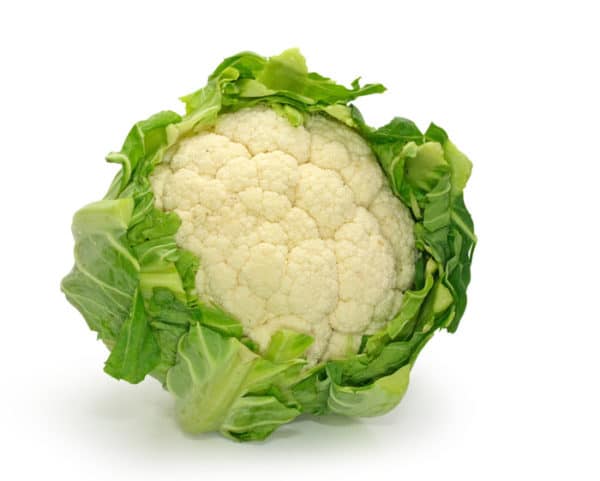

Ok Dr.Ritamarie,Iam Hapy in Australia,Now ve have somer,and bushfire seson ,as olvais vil get trogh.as For exersis,i have plenty of.Vish you an family very hapt holidays.ivandaylesford@gmail.com God bles you all.
Hi, Ivan! I hope you are careful down under in Australia. I’m also happy to hear that you are getting plenty of sunshine and exercise. I wish you and your family a happy holiday season, too.
Right on Dr Ritamarie ,this is a great article and you are a real riot to boot (Santa’s boot 😉 )